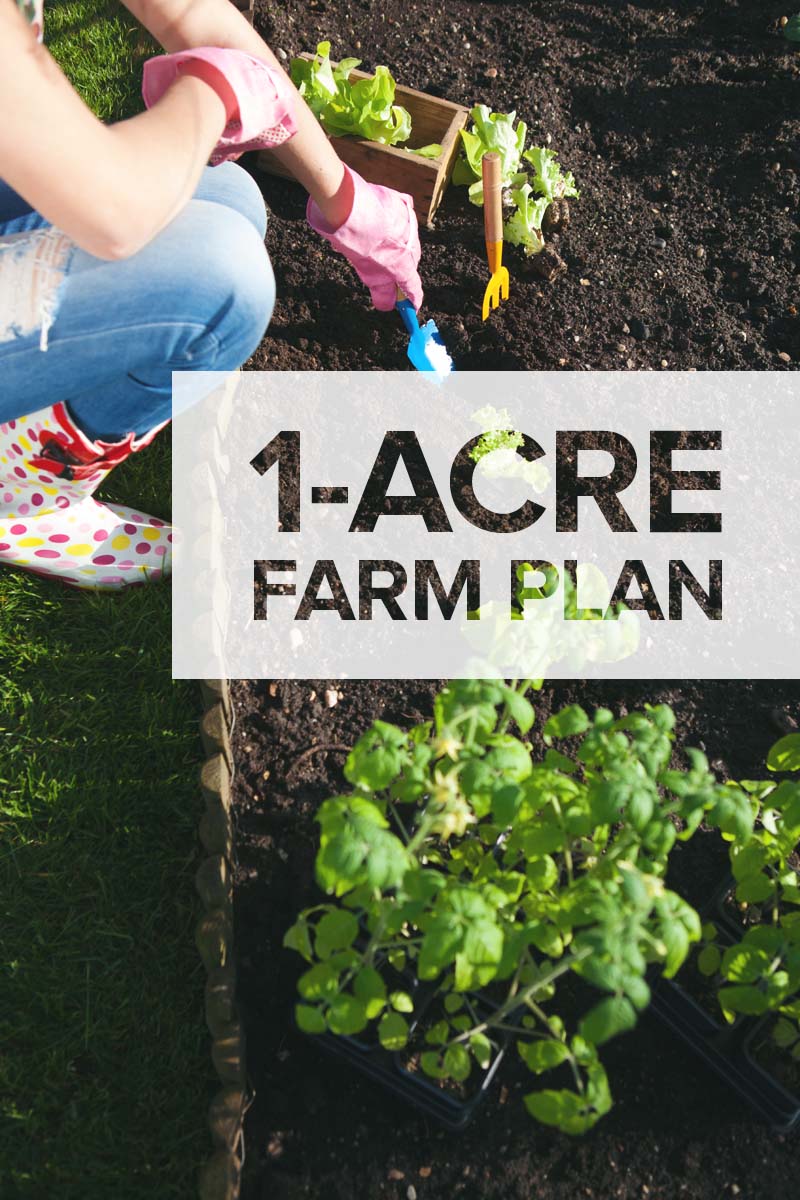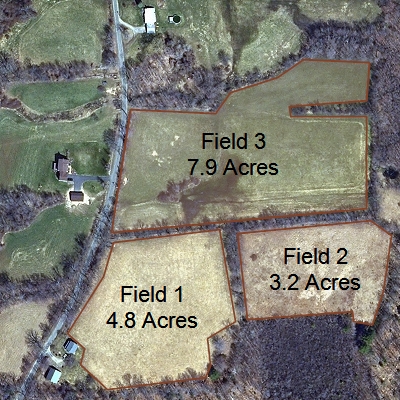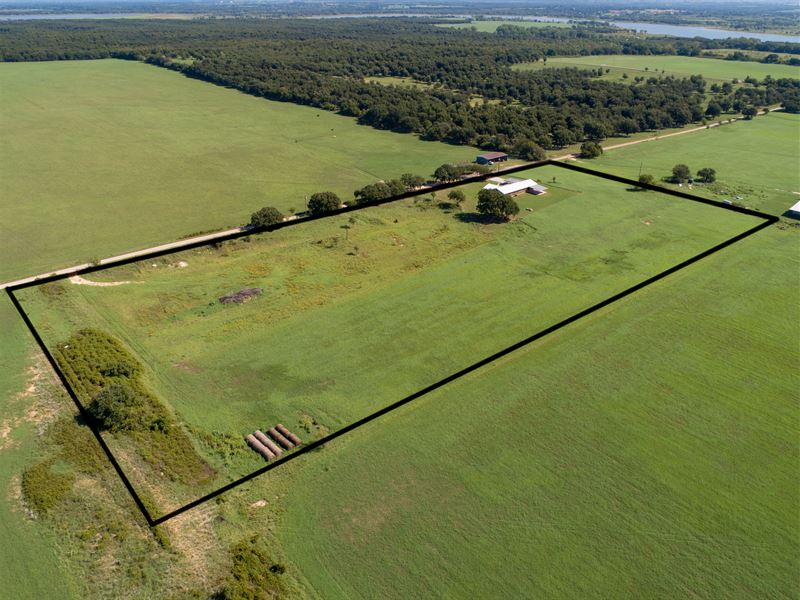What Constitutes a Farm: Exploring the Basics
A farm is a complex entity that encompasses a wide range of activities, from crop cultivation and livestock raising to aquaculture and agroforestry. At its core, a farm is a piece of land used for agricultural purposes, but the size and scope of this land can vary greatly depending on factors like location, climate, and type of crops or livestock. In the United States, for example, the US Department of Agriculture (USDA) defines a farm as any establishment that sells at least $1,000 of agricultural products per year. However, this definition does not necessarily take into account the size of the land itself.
In general, farms can range in size from a few acres to several thousand acres. Small farms, often referred to as “hobby farms” or “micro-farms,” typically consist of 10 acres or less and are often used for subsistence farming or small-scale commercial production. Medium-sized farms, on the other hand, may encompass several hundred acres and are often used for more extensive commercial production. Large farms, often referred to as “industrial farms,” can span thousands of acres and are typically used for large-scale commercial production.
When considering whether 10 acres is considered a farm, it’s essential to examine the specific characteristics of the land and the activities being conducted on it. Is the land being used for agricultural purposes, such as growing crops or raising livestock? Are there any buildings or structures on the property, such as barns or greenhouses? Are there any plans to sell agricultural products from the land? Answering these questions can help determine whether a 10-acre property can be considered a farm.
How to Determine if Your Land is Considered a Farm
Determining whether a 10-acre property is considered a farm requires a thorough examination of several factors. One of the primary considerations is zoning laws. Zoning laws regulate how land can be used and can vary significantly depending on the jurisdiction. In some areas, zoning laws may permit agricultural activities on small parcels of land, while in others, they may require a minimum acreage or specific types of agricultural activities.
To determine if your 10-acre property is considered a farm, follow these steps:
1. Check local zoning laws: Research the zoning laws in your area to determine if they permit agricultural activities on small parcels of land. You can contact your local government or planning department to obtain this information.
2. Assess land use: Evaluate how you plan to use your land. Are you planning to grow crops, raise livestock, or engage in other agricultural activities? If so, you may be considered a farm.
3. Examine agricultural activities: Consider the types of agricultural activities you plan to conduct on your land. Are you planning to sell your products, or will you be using them for personal consumption? If you plan to sell your products, you may be considered a farm.
4. Consult with local authorities: If you are still unsure whether your 10-acre property is considered a farm, consult with local authorities, such as your county assessor or agricultural extension office. They can provide guidance on how to determine whether your property meets the definition of a farm.
By following these steps, you can determine whether your 10-acre property is considered a farm. Remember, the definition of a farm can vary depending on the jurisdiction and the specific activities being conducted on the land.
The Role of Zoning Laws in Defining a Farm
Zoning laws play a crucial role in defining a farm, particularly when it comes to determining whether a 10-acre property can be considered a farm. Zoning laws regulate how land can be used and can vary significantly depending on the jurisdiction. In some areas, zoning laws may permit agricultural activities on small parcels of land, while in others, they may require a minimum acreage or specific types of agricultural activities.
For example, some jurisdictions may have zoning laws that specifically define a farm as a property that is used for agricultural purposes and has a minimum of 20 acres of land. In this case, a 10-acre property would not be considered a farm, regardless of the agricultural activities being conducted on the land. On the other hand, some jurisdictions may have more lenient zoning laws that permit agricultural activities on smaller parcels of land, making it possible for a 10-acre property to be considered a farm.
It’s essential to note that zoning laws can also impact the types of agricultural activities that can be conducted on a property. For instance, some jurisdictions may have zoning laws that prohibit certain types of livestock or require special permits for certain agricultural activities. Understanding the zoning laws in your area is crucial to determining whether your 10-acre property can be considered a farm.
In addition to zoning laws, other regulations may also impact the definition of a farm. For example, some jurisdictions may have laws that regulate the use of pesticides, fertilizers, or other agricultural chemicals. These laws can impact the types of agricultural activities that can be conducted on a property and may affect whether a 10-acre property can be considered a farm.
Overall, zoning laws and other regulations play a significant role in defining a farm and determining whether a 10-acre property can be considered a farm. It’s essential to understand these laws and regulations to ensure that your property meets the definition of a farm and to avoid any potential issues or penalties.
Agricultural Activities: What Qualifies as a Farm
Agricultural activities play a crucial role in defining a farm. In order to be considered a farm, a property must be engaged in some form of agricultural activity. This can include a wide range of activities, such as crop farming, livestock raising, aquaculture, and more.
Crop farming is one of the most common types of agricultural activities. This can include growing fruits, vegetables, grains, and other types of crops. In order to be considered a farm, a property must be growing crops on a commercial scale, meaning that the crops are being sold for profit.
Livestock raising is another common type of agricultural activity. This can include raising animals such as cattle, pigs, chickens, and more. In order to be considered a farm, a property must be raising livestock on a commercial scale, meaning that the animals are being raised for profit.
Aquaculture is a type of agricultural activity that involves raising fish and other seafood. This can include activities such as fish farming, shellfish farming, and more. In order to be considered a farm, a property must be engaged in aquaculture on a commercial scale, meaning that the seafood is being raised for profit.
Other types of agricultural activities that can qualify a property as a farm include orcharding, viticulture, and apiculture. Orcharding involves growing fruit trees, viticulture involves growing grapes for wine production, and apiculture involves keeping bees for honey production.
In order to determine whether a 10-acre property is considered a farm, it’s essential to examine the types of agricultural activities being conducted on the property. If the property is engaged in commercial-scale agricultural activities, such as crop farming, livestock raising, or aquaculture, it may be considered a farm.
Case Studies: Examples of 10-Acre Farms
To illustrate the concept of a 10-acre farm, let’s consider a few real-life examples. These case studies highlight the unique characteristics of each farm and how they meet the definition of a farm.
Case Study 1: Green Acres Farm
Green Acres Farm is a 10-acre farm located in rural California. The farm is owned and operated by a family who grows a variety of crops, including fruits, vegetables, and nuts. They also raise a small herd of cattle and sell their products at a local farmers’ market. Green Acres Farm is a prime example of a small farm that meets the definition of a farm, despite its relatively small size.
Case Study 2: Sunny Meadows Farm
Sunny Meadows Farm is a 10-acre farm located in the Midwest. The farm is owned and operated by a couple who specialize in raising livestock, including chickens, pigs, and cattle. They also grow a small amount of crops, including corn and soybeans. Sunny Meadows Farm is another example of a small farm that meets the definition of a farm, despite its relatively small size.
Case Study 3: Oak Hill Farm
Oak Hill Farm is a 10-acre farm located in the Northeast. The farm is owned and operated by a family who specializes in growing a variety of crops, including fruits, vegetables, and grains. They also raise a small herd of sheep and sell their products at a local farmers’ market. Oak Hill Farm is a prime example of a small farm that meets the definition of a farm, despite its relatively small size.
These case studies illustrate the diversity of small farms and how they can meet the definition of a farm, despite their relatively small size. Whether it’s growing crops, raising livestock, or a combination of both, small farms like these play an important role in the agricultural industry.
The Benefits and Challenges of Owning a Small Farm
Owning a small farm can be a rewarding and challenging experience. On the one hand, small farms can provide a sense of independence and self-sufficiency, as well as a connection to the natural world. On the other hand, small farms can also be vulnerable to market fluctuations, labor shortages, and environmental concerns.
One of the main benefits of owning a small farm is the ability to produce high-quality, locally grown products. Small farms can specialize in niche markets, such as organic produce or artisanal cheeses, and can often command a premium price for their products. Additionally, small farms can provide a sense of community and connection to the local food system.
However, small farms also face a number of challenges. One of the main challenges is market demand. Small farms may struggle to find buyers for their products, particularly if they are not well-connected to local markets. Additionally, small farms may face labor shortages, particularly during peak harvest seasons. Environmental concerns, such as soil degradation and water pollution, can also be a challenge for small farms.
Another challenge facing small farms is financing. Starting a small farm can be a costly endeavor, and many farmers may struggle to secure funding. Additionally, small farms may not have access to the same resources and support as larger farms, such as extension services and marketing assistance.
Despite these challenges, many small farmers are finding innovative ways to succeed. For example, some small farms are using social media and online marketing to connect with customers and promote their products. Others are forming cooperatives and collaborative marketing efforts to pool their resources and increase their market reach.
Overall, owning a small farm can be a rewarding and challenging experience. While there are many benefits to small-scale agriculture, there are also a number of challenges that farmers must navigate. By understanding these challenges and opportunities, small farmers can better position themselves for success and contribute to a more sustainable and resilient food system.
Conclusion: Is 10 Acres Considered a Farm?
In conclusion, whether 10 acres is considered a farm depends on various factors, including the type of agricultural activities being conducted, the location and climate of the land, and the specific regulations and zoning laws in place. As we have seen, a farm can be defined in many different ways, and the size and scope of agricultural land can vary greatly.
Based on the information presented in this article, it is clear that 10 acres can be considered a farm if it is being used for agricultural purposes, such as growing crops or raising livestock. However, the specific definition of a farm can vary depending on the jurisdiction and the specific regulations in place.
Ultimately, whether 10 acres is considered a farm is a matter of interpretation and depends on the specific context and circumstances. However, by understanding the various factors that contribute to the definition of a farm, property owners can better determine whether their 10-acre property meets the criteria for a farm.
In summary, the answer to the question “is 10 acres considered a farm?” is a resounding “maybe.” While 10 acres can be considered a farm in certain circumstances, it is not a hard and fast rule. Property owners must carefully consider the specific regulations and zoning laws in their area, as well as the type of agricultural activities being conducted on their land, to determine whether their 10-acre property meets the definition of a farm.
Next Steps: How to Get Started with Your Farm
If you’re considering starting a farm on a 10-acre property, there are several steps you can take to get started. First, it’s essential to develop a comprehensive business plan that outlines your goals, target market, and financial projections. This will help you determine whether your farm is viable and identify potential challenges and opportunities.
Next, you’ll need to secure financing for your farm. This can include loans, grants, and other forms of funding. It’s essential to research and explore different financing options to determine which one is best for your farm.
Once you have a business plan and financing in place, you can begin to develop your farm. This may include purchasing equipment, hiring staff, and building infrastructure such as barns and fencing.
It’s also essential to consider the environmental impact of your farm. This may include implementing sustainable practices such as crop rotation, composting, and conservation tillage.
Finally, it’s crucial to stay up-to-date with the latest developments in agriculture and farming. This may include attending workshops and conferences, joining farming organizations, and participating in online forums and discussions.
By following these steps, you can get started with your farm and begin to build a successful and sustainable agricultural business. Remember to always stay focused on your goals and be prepared to adapt to changing circumstances and challenges.







